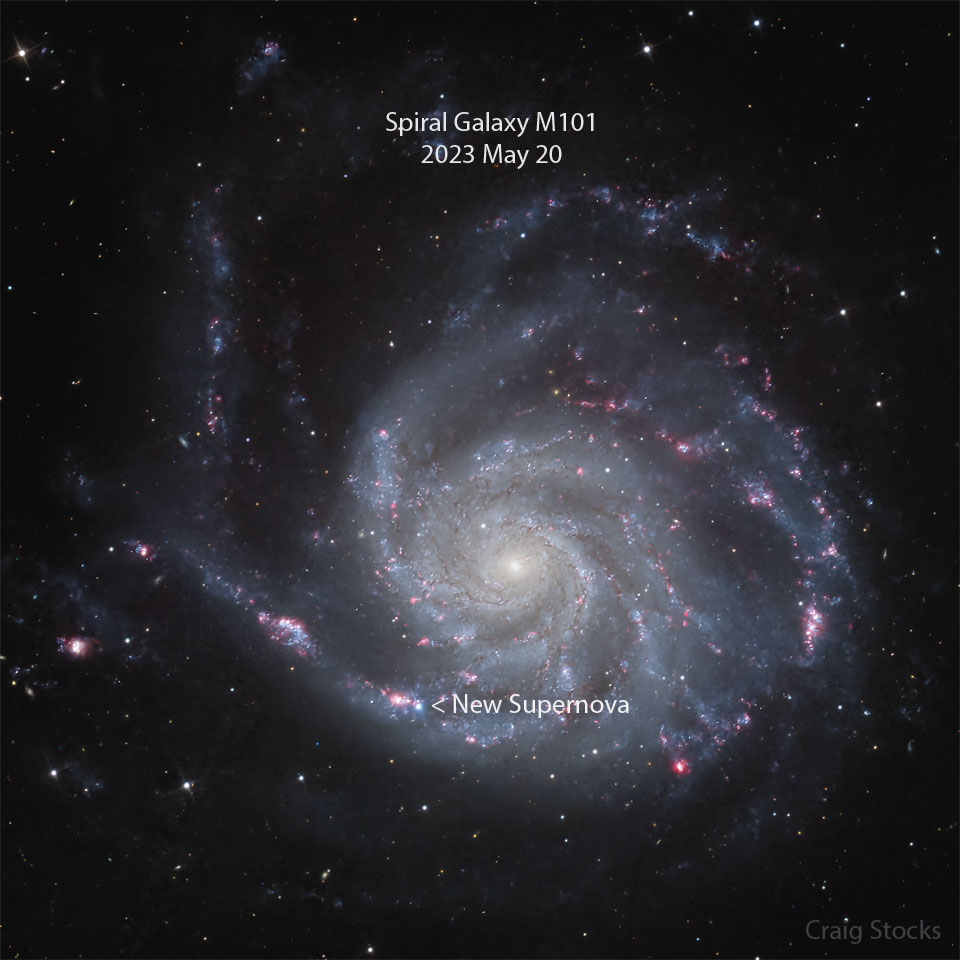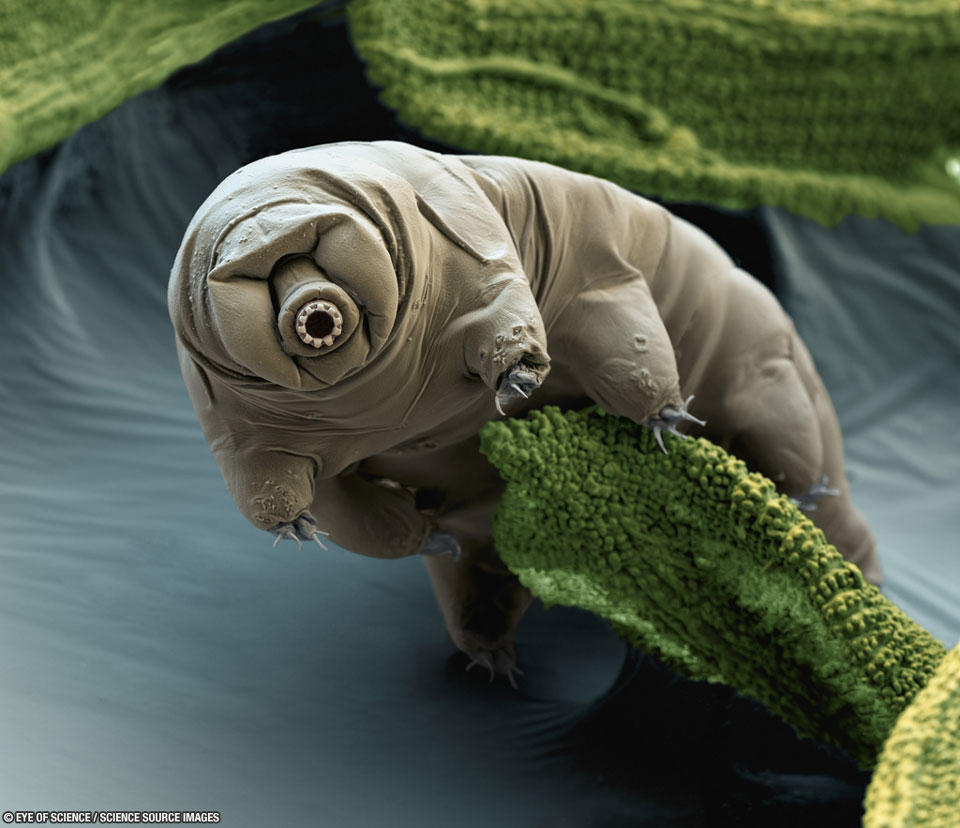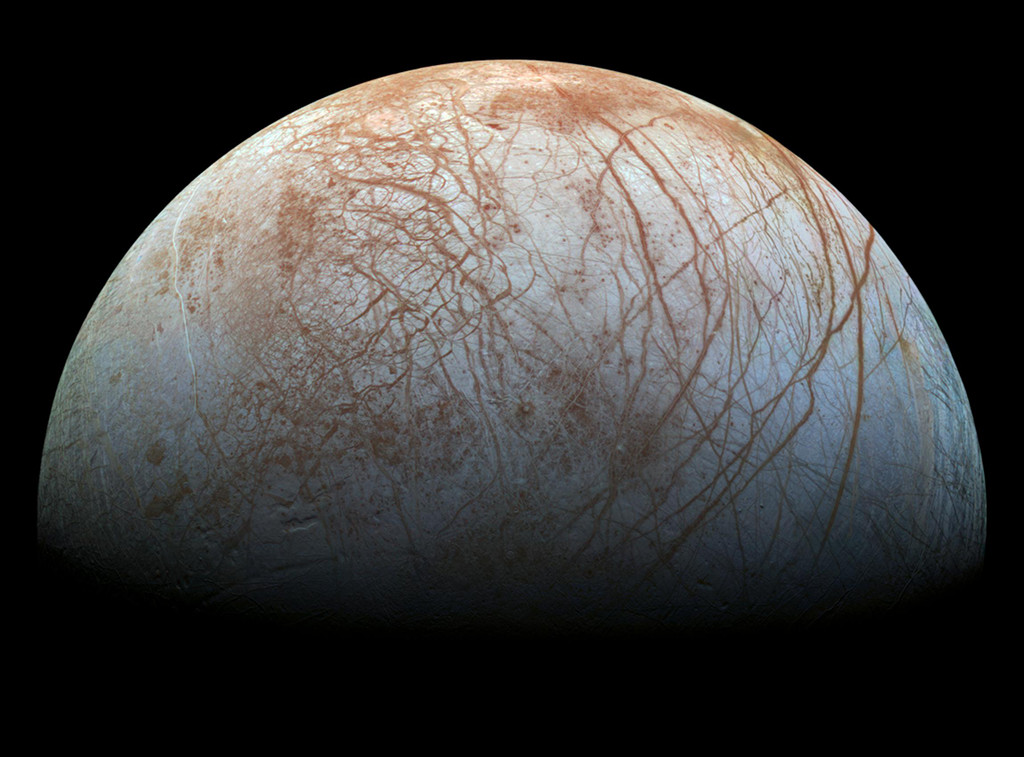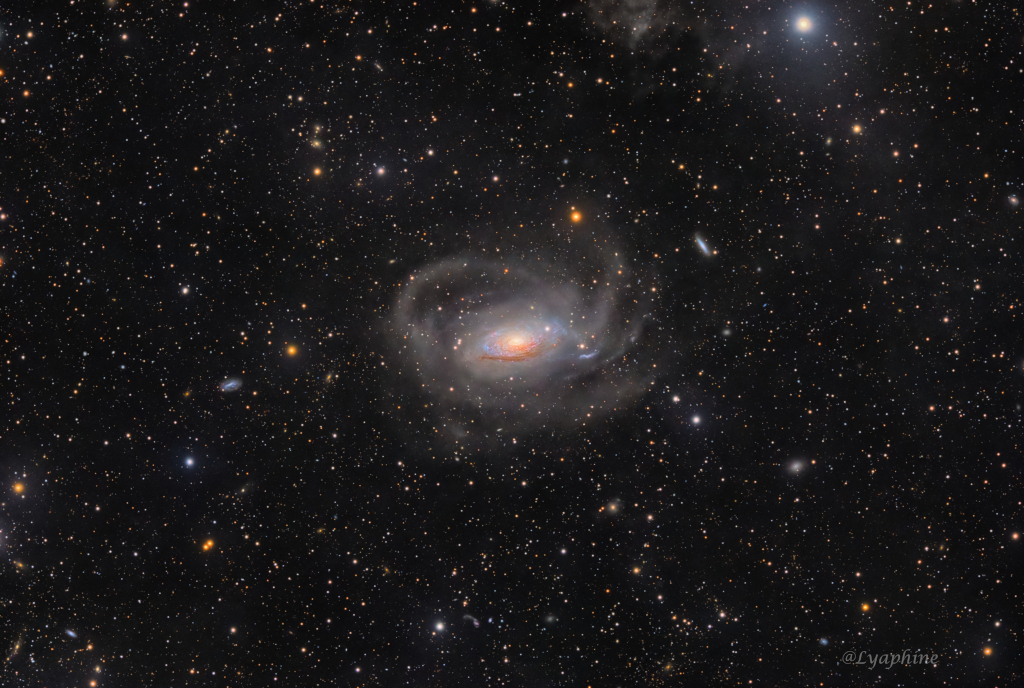Ceci est un deuxième essai de post sur mon blog avec le plugin ActivityPub pour voir si il apparait dans mon fil Mastodon.
Pour rappel, le précédent apparait bien dans mon fil Pixelfed, mais mon compte mastodon ne voit pas mon instance WordPress.
Ceci est un deuxième essai de post sur mon blog avec le plugin ActivityPub pour voir si il apparait dans mon fil Mastodon.
Pour rappel, le précédent apparait bien dans mon fil Pixelfed, mais mon compte mastodon ne voit pas mon instance WordPress.

Cela fait quelques temps déjà que j’ai installé le plugin ActivityPub sur mon blog WordPress autohébergé, mais malgré qu’il soit activé selon les prérequis indiqués dans la page d’installation, je n’arrive pas à voir mon compte depuis un quelconque acteur du Fédivers (Mastodon, Pixelfed, Peertube).
Je viens de retoucher quelques réglages, je poste donc ceci pour voir si ce n’était tout simplement que n’ayant rien posté depuis l’installation, le Fédivers n’avait rien à découvrir (pas de rétrodécouverte des anciens posts du blogs si pas d’activité récente, j’imagine).
EDIT 17:25 : Bon, ce n’est pas vraiment un réussite. Rien de changé. Je n’arrive toujorus pas à voir mon profil auteur WordPress depuis mon compte Mastodon…. :-/
La « pellicule numérique » est depuis longtemps considérée comme un rêve technologique inatteignable. Une startup prévoit de commercialiser son produit qui pourra être inséré dans des appareils argentiques, transformant ces derniers en machines numériques sans modifications techniques.
Source : Redonner vie à vos appareils argentiques : la pellicule numérique prend forme avec ce projet
Nous sommes en 2023. Tout l’Internet est sous le contrôle de l’empire GAFAM. Tout ? Non. Car quelques petits villages résistent à l’oppression. Et (…)
Source : Comment tuer un réseau décentralisé (tel que le Fediverse) – Un blog furtif




